Get ready to dive deep into the Earth’s outer shell, the lithosphere! Picture a rocky layer that starts from the ground beneath your feet and goes all the way down to the upper mantle. It’s like a puzzle made of rocks, minerals, and tectonic plates that fit together and shift over time. Buckle up for a fascinating journey as we uncover the secrets of this Earthly layer that holds essential resources but also poses potential risks. Brace yourselves for a rollercoaster ride through the lithosphere’s past and present, as it plays a pivotal role in shaping our planet’s destiny.
What Makes Up the Lithosphere?
Think of the Earth like a giant, toasty onion. The Lithosphere is its outermost, crispy layer–the one we call home. Now, this “crust” isn’t just some paper-thin shell; it extends down about 60 miles, encompassing both the Earth’s crust and the topmost part of the mantle, another layer beneath it. It’s solid and rigid, setting the stage for everything from towering mountains to sprawling plains.
What makes the lithosphere even more interesting is that it’s fractured into roughly a dozen enormous chunks we call tectonic plates. These plates aren’t just sitting still; they’re constantly jostling and bumping against each other, like ice floes on a frozen lake. This constant dance is what gives rise to earthquakes, volcanic eruptions, and the very mountains we marvel at!
But wait, there’s more! Beneath this solid shell lies the asthenosphere. Picture it as a zone of gooey, molten rock that’s constantly churning and flowing due to the intense heat from deep within the Earth. It’s this contrast – the rigid lithosphere floating on top of the more fluid asthenosphere – that allows the plates to move and groove.
The boundary between these two layers is marked by something called the Mohorovičić discontinuity, or “Moho” for short. It’s like a gigantic underground border separating these two drastically different layers of Earth’s interior.
The lithosphere is essential to life as we know it. It’s a treasure chest of natural resources—think minerals, fossil fuels, and groundwater. It’s also the very foundation upon which our continents and oceans sit, influencing the air we breathe, the water we drink, and the landscapes we call home. Understanding the lithosphere is key to understanding the Earth as a constantly evolving and dynamic system.
Dive deeper into the compelling secrets of the asthenosphere’s fluidity and its profound role in plate tectonics by visiting asthenosphere facts. Understand the intriguing temperature dynamics that govern the lithosphere and its enigmatic characteristics by exploring what temperature is the lithosphere.
The Lithosphere – An Introduction
Picture a cracked eggshell – that’s a simplified way to imagine Earth’s lithosphere! It’s the solid, outermost shell of our planet, a mosaic of gigantic puzzle pieces called tectonic plates. These plates aren’t stationary; they constantly shift and grind against each other, fueled by the Earth’s internal heat.
This dynamic dance of the tectonic plates is what gives us mountains, volcanoes, and even earthquakes. The lithosphere’s thickness isn’t uniform; it can be as thin as a few miles under the oceans and bulge to over a hundred miles thick beneath massive mountain ranges.
Think of the lithosphere as Earth’s treasure chest. It’s here we find valuable resources like oil, gas, and minerals. Understanding its composition and behavior helps us locate these resources and predict natural disasters, ultimately contributing to a safer and more sustainable future.
The Lithosphere’s Structural Significance
Picking up where we left off, let’s dive deeper into the lithosphere. Think of it as Earth’s very own “outer shell” – a rigid layer made up of the crust (the part we live on) and the uppermost part of the mantle, which is like the Earth’s interior layer. This shell isn’t just some boring, static layer; it’s the dynamic stage where Earth’s history has unfolded and continues to unfold.
Now, imagine this: the lithosphere isn’t uniformly thick all around. It’s actually thinner under the oceans than under the continents. That’s because the oceanic lithosphere, despite being thinner, is denser, packed with heavier materials. It’s like comparing a thin, dense slice of cake to a thicker, airier one.
But here’s where things get really interesting. Right below the lithosphere lies the asthenosphere, a partially molten layer that’s kind of like silly putty. This gooey layer allows the lithosphere to be broken up into tectonic plates – giant puzzle pieces that fit together to form the Earth’s surface. These plates aren’t just sitting still, though. They’re constantly moving, albeit incredibly slowly, driven by the Earth’s internal heat churning within the mantle.
And this movement, my friends, is what keeps things exciting! It’s the driving force behind earthquakes, volcanic eruptions, and the formation of majestic mountain ranges. Think of it like a slow-motion dance of the continents, constantly reshaping our planet’s surface over millions of years. This whole process, known as plate tectonics, is basically the key to understanding how our planet has evolved into the dynamic world we see today.
Here’s a quick recap of the key points:
| Feature | Description |
|---|---|
| Lithosphere Composition | Crust and uppermost mantle |
| Lithosphere Thickness | Varies; thinner under oceans, thicker under continents |
| Oceanic Lithosphere Density | Denser than continental lithosphere |
| Asthenosphere | Partially molten layer beneath the lithosphere |
| Tectonic Plates | Large pieces of the lithosphere that move atop the asthenosphere |
| Plate Tectonics | The process of plate movement, causing earthquakes, volcanoes, and mountain building |
The Composition and Layers of the Lithosphere
We’ve talked about tectonic plates, those massive chunks that make up the Earth’s outer layer. Now, let’s dive deeper into what this layer, the lithosphere, is all about. Picture a thin, hard shell encasing the Earth – that’s your lithosphere. This shell isn’t one solid piece though, it’s fractured into these tectonic plates we’ve been discussing. What’s fascinating is that these plates aren’t just sitting still; they’re constantly on the move, drifting atop a somewhat gooey layer beneath them. Think of it like rafts floating on a slow-moving river.
What exactly makes up this crucial outer shell? The lithosphere has two primary layers: the crust and the uppermost part of the mantle. Imagine biting into a delicious, layered cake. The top layer, the crust, is what we see and interact with – mountains, valleys, ocean floors, it’s all part of the crust. This crust itself is a mix of different rock types – igneous, sedimentary, and metamorphic – each with its own story to tell.
Now, delve deeper into that cake, and you’ll reach the next layer – the upper mantle. This part, directly beneath the crust, is still solid rock but under immense pressure and heat. It’s this intense pressure and heat that actually make the mantle rock flow very slowly over time, which in turn, propels those tectonic plates we talked about earlier.
Here’s the thing about the lithosphere’s thickness – it’s not uniform. It’s actually thicker under the continents than beneath the oceans. Imagine a giant hand pressing down on a dough – the continents are like the areas where the hand presses harder, making the dough (or in this case, the lithosphere) thicker. Areas with active volcanoes tend to have a thinner lithosphere, sort of like the dough stretching thin when it’s pulled.
The lithosphere holds immense value for us. It’s a treasure trove of natural resources, from the minerals we use in everyday life to the fossil fuels that power our world. Even the groundwater we rely on is stored within the lithosphere. Understanding the lithosphere is about understanding the very ground we stand on, the resources we depend on, and the awe-inspiring forces that shape our planet.
FAQ
Q1: What is the lithosphere?
A1: The lithosphere is the rigid, rocky outer layer of the Earth, consisting of the crust and the solid outermost layer of the upper mantle.
Q2: How thick is the lithosphere?
A2: The lithosphere extends to a depth of about 60 miles (100 km).
Q3: What are the two main types of lithosphere?
A3: The two main types of lithosphere are oceanic lithosphere and continental lithosphere. Oceanic lithosphere occurs on the ocean or seafloor, while continental lithosphere occurs on continents.
Q4: What is the lithosphere made of?
A4: The lithosphere is made up of rocks and minerals, consisting of the Earth’s crust and the upper mantle.
Q5: What are the main processes that occur in the lithosphere?
A5: The main processes that occur in the lithosphere include plate tectonics, earthquakes, volcanoes, and mountain building.
- Unlock Filipino Culture: A Deep Dive into Traditions and Practices - April 23, 2025
- Unlock Spanish Culture: Insights & Opportunities Now - April 23, 2025
- White Spirit Uses & Substitutes: A Deep Dive for Pros & DIYers - April 23, 2025
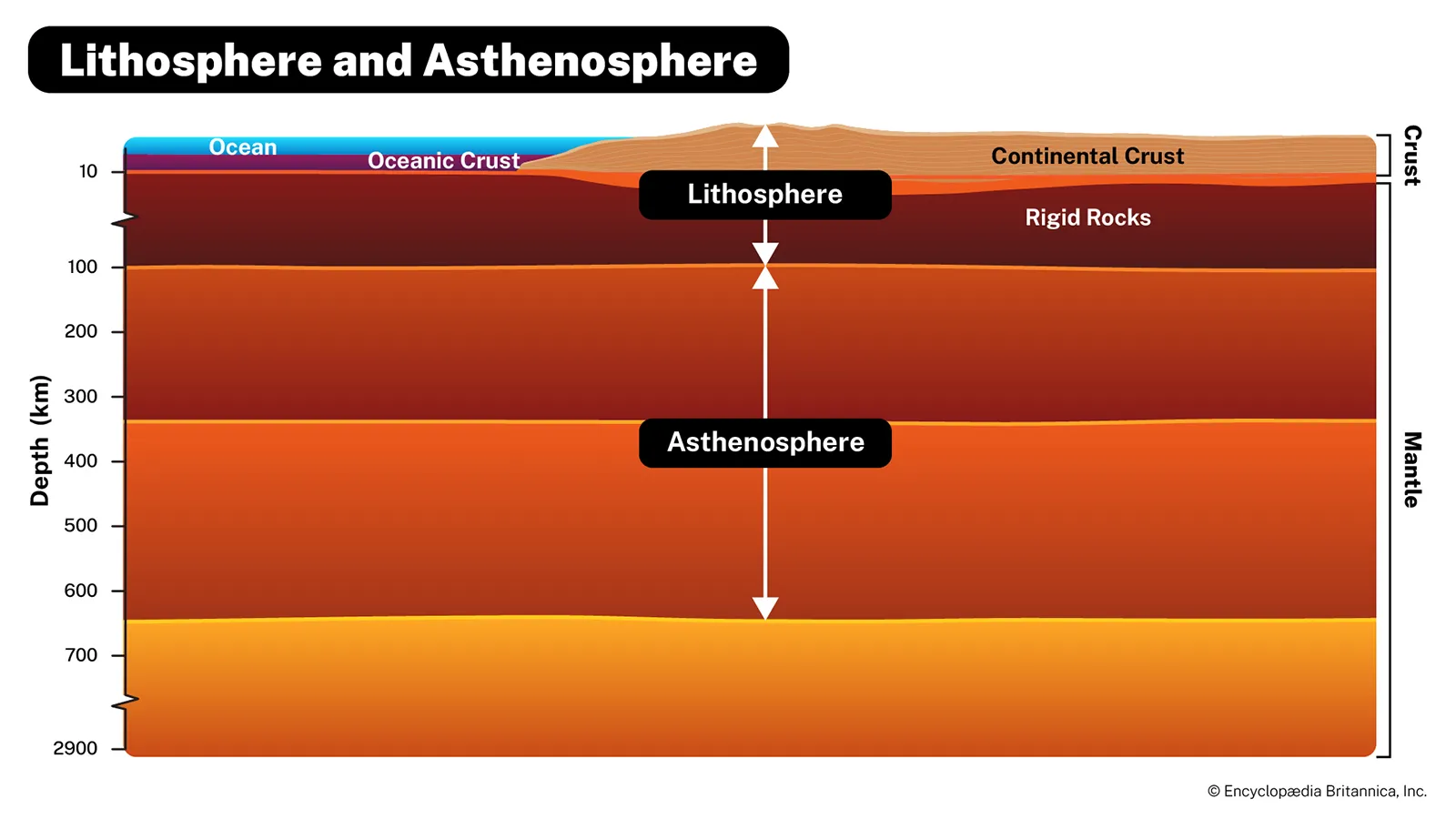
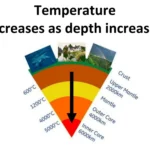

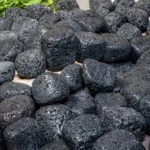
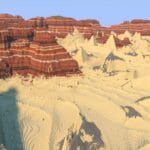
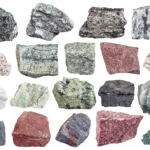
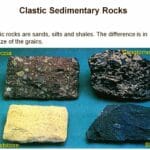










Comments are closed.